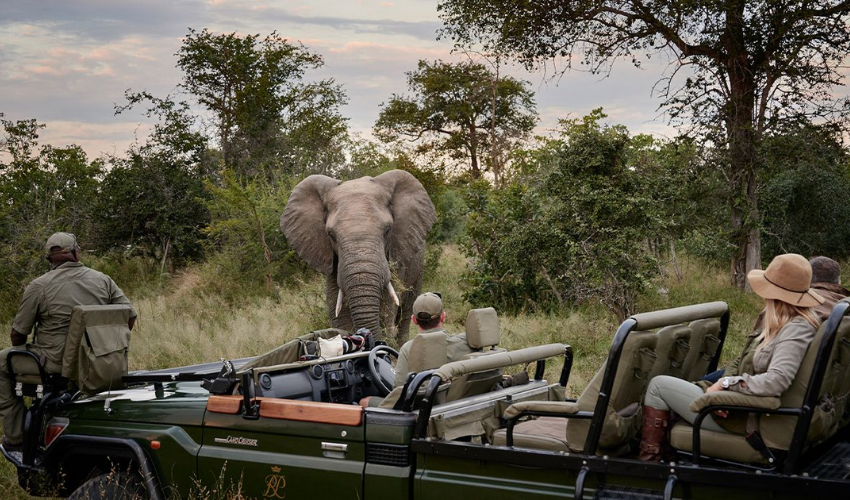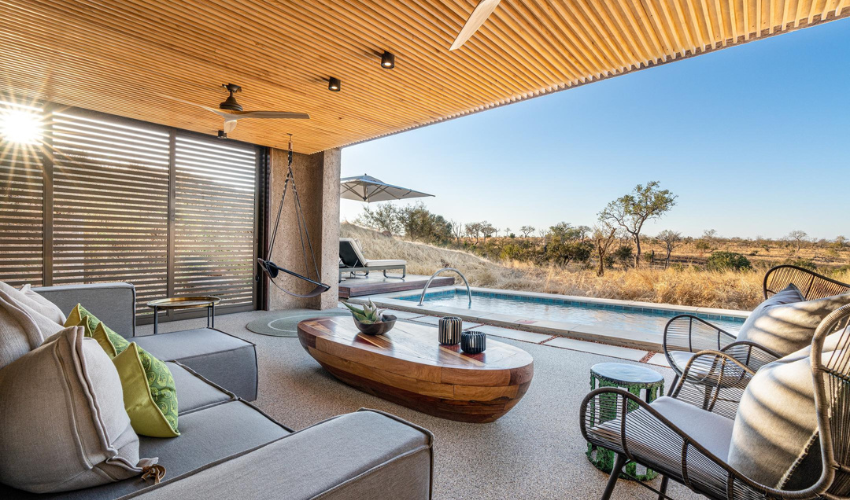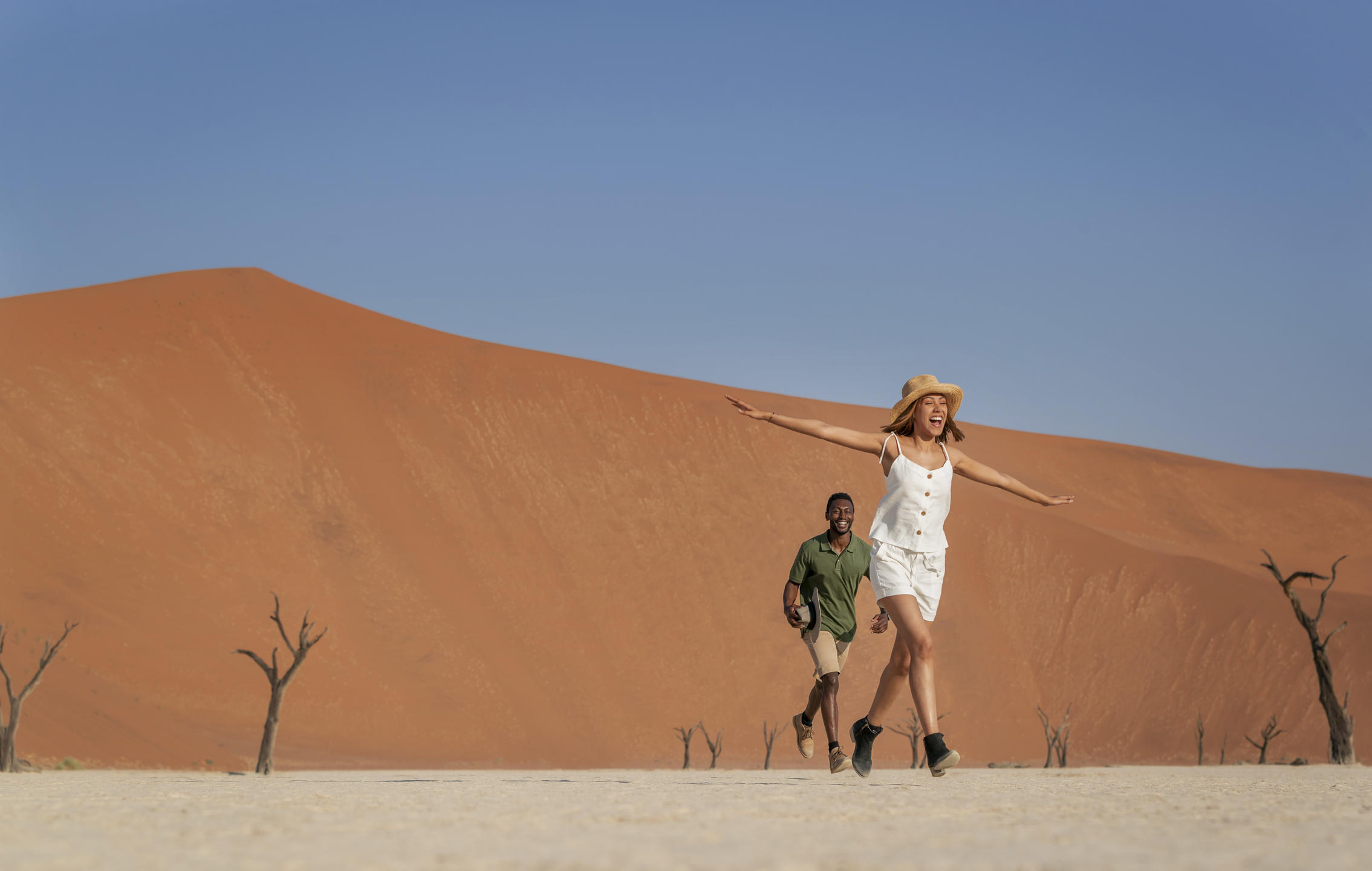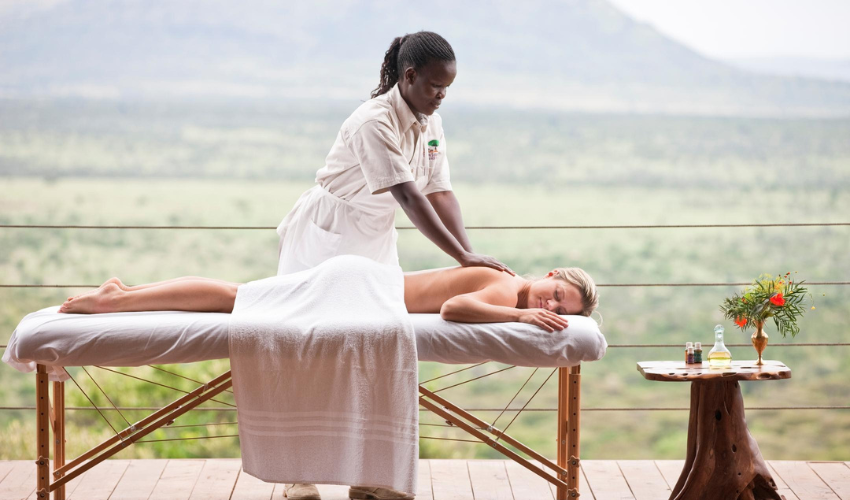True or False About African Safaris
Top 10 Myths About African Safaris
A safari in Africa is a dream for many travelers, yet misconceptions often prevent people from experiencing its true magic. From concerns about safety and level of luxury to incorrect ideas about wildlife, weather, timing, and the safari experience itself. Let’s debunk the top 10 myths about African safaris and reveal the reality behind this extraordinary adventure.

Myth 1: The Only Thing to See in Africa is Wildlife
Reality: While Africa is famous for its extraordinary wildlife, it offers so much more. From the colorful streets of Cape Town’s Bo-Kaap to the ancient wonders of Luxor and Abu Simbel in Egypt, the continent is rich in history, culture, and breathtaking landscapes. Experience the vibrant city life of Nairobi or Kigali, sip world-class wines in South Africa’s Winelands, or unwind on the white-sand beaches of Zanzibar and the Seychelles.
Even on safari, wildlife viewing is just one part of the experience. Luxury lodges and camps offer a variety of activities, from guided bush walks and hot air balloon rides to photography workshops, cooking classes, and spa treatments. Enjoy a scenic picnic, toast the sunset with a sundowner, or dine under the stars in a lantern-lit bush setting. And when night falls, Africa’s remote landscapes provide some of the world’s best stargazing.
Myth 2: You Need Weeks to Visit Africa or You Just Need a Couple of Days
Reality: The truth is somewhere in between. While you don’t need weeks to experience Africa, you also need more than just a couple of days on safari to truly appreciate it. We recommend at least a week, which allows you to visit two safari locations and spend around three nights at each. This gives you ample time to enjoy the different landscapes, wildlife, and experiences each destination has to offer.
A 10-12 day itinerary is a great option—it offers a well-rounded experience, letting you explore a variety of terrains and see diverse wildlife without feeling rushed. Browse our popular safari itineraries for inspiration.
Myth 3: Safari Accommodations Are Basic or Too Adventurous
Reality: The days of roughing it in the bush are long gone. Africa boasts some of the most luxurious accommodations in the world, from elegant lodges with infinity pools overlooking the savanna to exclusive-use villas with private chefs and guides. Stay in the stunning Xigera Baobab Treehouse in the Okavango Delta, enjoy art and fine dining at Ellerman House in Cape Town, or take over a private villa in Sabi Sabi. Safari today is as much about comfort as it is about adventure.

Myth 4: Safaris Are Only for the Wealthy
Reality: While luxury safaris offer unparalleled exclusivity, there are options for various budgets. Green Season safaris provide incredible value, with lush landscapes, baby animals, and fewer crowds. Many lodges also offer special deals, such as free nights, kids stay free, or waive single supplements for solo travelers. Working with an expert safari planner will help you get the best experience within your budget.
Myth 5: You Have to Travel During Peak Season to See Wildlife
Reality: Africa is a year-round destination, and each season offers its own unique charm and experiences. One common misconception is that the Great Migration is only visible during the dry season (June–October), but this awe-inspiring event can be witnessed year-round. From January to February, the migration is in the southern Serengeti during calving season, providing the perfect opportunity to see adorable baby animals and dramatic predator-prey interactions. Our World’s Greatest Show and Safari is designed to capture the best of the Great Migration, with locations and camps adjusted to your travel dates.
Visiting Victoria Falls from October to January offers lower water levels, allowing you to see the falls from different angles and experience the famous rock formations that are usually hidden in the mist. This period also offers the chance to take part in thrilling activities like taking a dip in Devil’s Pool - a natural rock pool at the edge of the falls—an unforgettable experience.
Myth 6: Africa is a Single Destination
Reality: Africa is an incredibly diverse continent, made up of 54 countries, each offering its own unique landscapes, cultures, and experiences. From the iconic gorilla trekking in Rwanda’s Volcanoes National Park to the surreal beauty of Namibia’s towering dunes in Sossusvlei, Africa is a continent of endless variety. Whether you’re seeking wildlife, history, adventure, or culture, there’s a destination within Africa to suit every traveler’s interests. Each region offers its own flavor of Africa, from the Mediterranean coast of North Africa to the savannahs of East Africa and vast deserts of Southern Africa.

Myth 7: Safaris Are Dangerous
Reality: While it’s understandable to have concerns, safaris are actually very safe, especially when guided by experts. Animals in the wild don’t see humans in safari vehicles as a threat. Most animals, like elephants, lions, and giraffes, are accustomed to the presence of safari vehicles and don’t perceive them as predators. Safari guides are trained in animal behavior and know how to approach wildlife, ensuring you stay at a safe distance.
The vehicles are designed to keep you secure, and animals typically ignore the vehicles as they move through their territory. It’s important to remember that while animals can be unpredictable in the wild, they are not generally inclined to attack unless provoked. With a professional guide leading the way and strict protocols in place, safaris provide a safe and exciting way to observe wildlife without putting yourself at risk.
Myth 8: The Weather is Always Hot
Reality: Africa’s climate is far more varied than most people realize. While some regions are known for their year-round warmth, many others experience much cooler temperatures. For example, South Africa’s winter months (June–August) bring crisp, chilly mornings and evenings, especially in the higher altitudes of areas like Cape Town and the Drakensberg mountains. In East Africa, the highland areas of Nairobi and Arusha have mild, temperate weather year-round, making them ideal for outdoor activities. The Sahara Desert, on the other hand, experiences extreme heat during the day but can be very cool or even cold at night. By packing accordingly for varying climates—light clothing for the day and layers for the evenings—you’ll be able to stay comfortable throughout your African adventure. Understanding the weather patterns of your destination is key to making the most of your trip.
Myth 9: Safaris are All Day Game Drives
Reality: A typical safari day doesn’t mean being in a vehicle all day long. Game drives are usually scheduled for early morning and late afternoon, when animals are most active. Unless you’re traveling between destinations, especially in East Africa, you’ll have plenty of downtime in between to relax and enjoy the lodge.
During the day, you can take it easy—curl up with a good book, take a dip in the pool, or simply enjoy the peace of your suite with a nap. Many lodges also offer activities like guided bush walks, cooking classes, or spa treatments, so you can do as much or as little as you like. It’s all about finding your rhythm and enjoying a more relaxed pace when you're not out on a game drive.

Myth 10: Africa is Not for Everyone
Reality: Africa welcomes travelers of all ages, backgrounds, abilities, and a well-planned safari can be tailored to diverse needs.
Safaris cater to all ages, including families with young children, honeymooners, and solo travelers. Many lodges feature kids’ clubs, young ranger programs, and specially designed activities, making the experience engaging for all generations. From conservation initiatives to walking safaris, there’s something for everyone.
While some countries have less welcoming policies, others—such as South Africa, Botswana, and Rwanda—are known for their friendliness toward LGBTQ+ travelers. Selecting the right destinations and accommodations with well-trained staff ensures a welcoming and comfortable experience for all.
Similarly, safaris are increasingly accessible for travelers with disabilities. Many luxury lodges offer wheelchair-friendly suites, adapted safari vehicles, and guides trained in accommodating mobility challenges. Whether it's a private game drive with extra assistance or a lodge with step-free access, working with a knowledgeable safari specialist ensures every traveler can experience Africa’s magic in a way that suits their needs.
Are you ready for your African adventure?
Africa is a land of unparalleled beauty, adventure, and luxury. A safari is one of the most transformative travel experiences in the world, and with the right planning, it can be enjoyed by anyone, at any time. Ready for your epic African adventure? Reach out to us and let's start the conversation.






